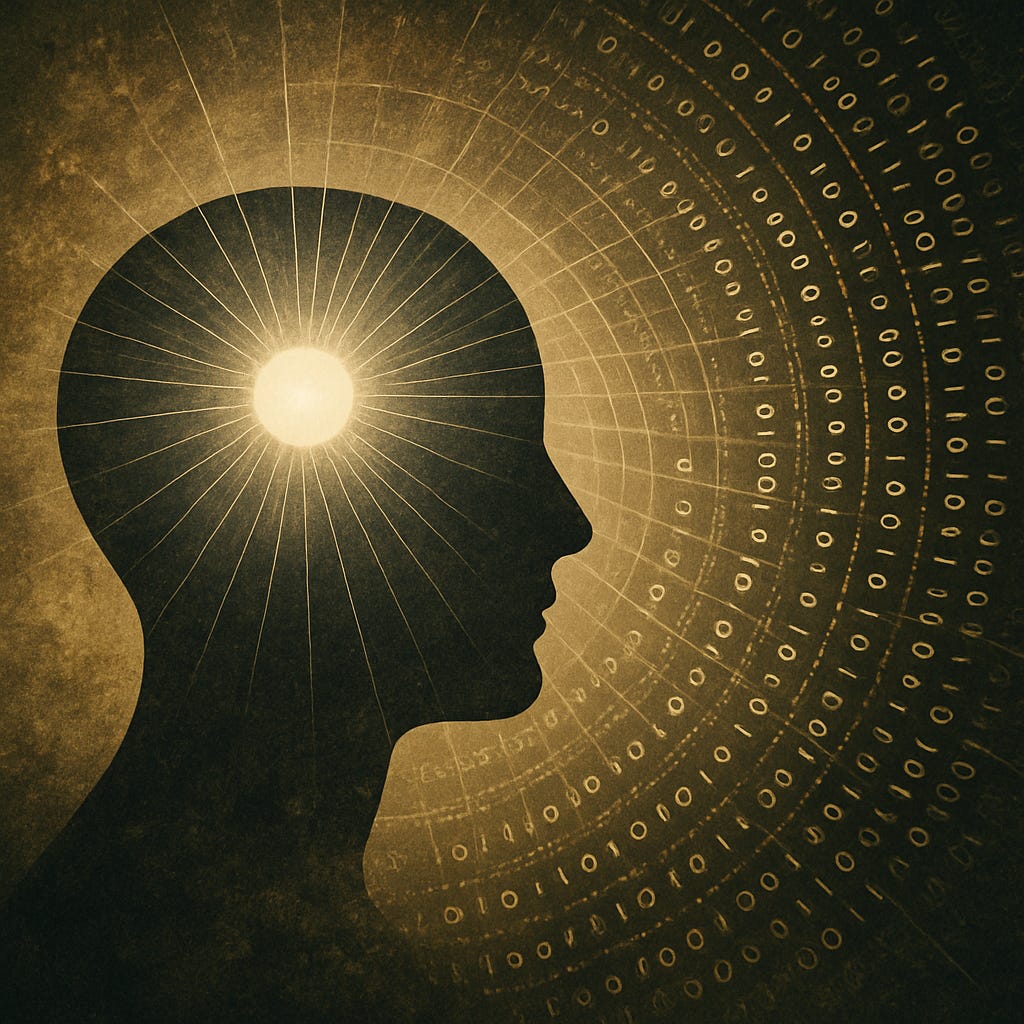Invisible Power
The Afterlife of RAW, Roberts, and Cannon
Every so often I find myself thinking about the strange afterlives of people whose work shaped me. Beyond public remembrances, posthumous accolades or the like, I am interested in the quiet persistence of their ideas after they themselves have left the incarnated simulation. There’s a particular category of thinker whose influence doesn’t survive through fame or repetition, but through something subtler—a kind of informational resonance that keeps humming long after the transmitter falls silent.
Three people come to mind:
Robert Anton Wilson. Jane Roberts. Dolores Cannon.
Three wildly different beings whose work spirals through the realms of psychology, metaphysics, satire, and the architecture of consciousness. And yet each one has slipped partially out of public discourse since their passing. Their names surface only in small pockets—occult forums, consciousness studies, hypnosis and channeling circles, retro cyberpunk enclaves, and among people like me who encountered them at formative crossroads.
But their ideas are still everywhere.
Which raises an old intuition:
Perhaps some forms of power are meant to go invisible.
Vanishing of the Voice, but not the Signal
When someone is alive, their nervous system acts like a transmitter. Interviews, workshops, books, YouTube recordings, conflict, inspiration—each emits a coherent frequency. The living mind organizes the ideas around itself the way a magnet organizes iron filings.
When they die, the transmitter stops. The filings don’t vanish, but the organizing field relaxes. The signal becomes distributed, harder to trace back to a source.
Dolores Cannon was once ubiquitous in hypnosis circles. Now she’s spoken of mainly by people who stumble across her QHHT recordings or regressions. And yet her core idea—that consciousness can access transpersonal information with surgical clarity—has become a staple of contemporary spiritual psychology, often unattributed.
Robert Anton Wilson (RAW to his followers) was once the philosopher-wizard of counterculture. Discordianism, reality tunnels, guerrilla ontology, epistemic flexibility, Chapel Perilous, the playfulness of belief—these threads now run through futurism, psychedelia, metamodernism, and even parts of cognitive science. But most people spreading his ideas have never heard his name.
Jane Roberts—whose Seth material was arguably one of the most psychologically coherent metaphysical transmissions of the 20th century—has become almost ghost-like in spiritual discourse. But her frameworks permeate everything from cognitive behavioral therapy’s focus on core beliefs to mind-body medicine to trauma-informed spirituality to Law of Attraction thought to parallel-selves theory.
This is what I mean by invisible power:
A person’s concepts outlive the person, but in fragmented form, diffused across a culture that barely remembers the origins. Perhaps this is one form of post-egoic manifestation, to diffuse into the collective plasma of human consciousness.
Informational Signatures and the Afterlife of Thought
There’s a metaphysical principle that has echoed through physics and esoteric traditions alike:
Information cannot be created nor destroyed. Only transformed.
If consciousness is a structured field of information—a unique pattern, a harmonic signature—then none of what we are disappears. It simply disperses into higher-resolution space once the limitations of the body fall away.
In this view:
A life is a compression layer.
Death is a decompression event.
Influence becomes nonlinear, easier to perceive from outside the bottleneck.
And every person’s impact becomes unmistakably clear from a broader vantage.
It’s not hard for me to imagine that once we exit this simulation, the relative weight of RAW’s reality-tunnel work, or Roberts’ multidimensional psyche, or Cannon’s inter-life cosmology becomes immediately obvious—as though we suddenly see the entire mandala, not the single tile we happened to inhabit.
From that vantage, the quiet ones often shine brightest.
Schools of Thought that Hint at the Same Truth
What fascinates me is how many traditions—each born in different eras and with different biases—circle the same idea:
Seth / Jane Roberts → consciousness units forming and reforming into patterns
Law of One → distortions of intelligent infinity as unique signatures
Panpsychism → consciousness as fundamental informational structure
Quantum information theory → the irreducibility and conservation of informational states
Chaos magick / RAW → reality as probabilistic, belief-responsive system
Near-death research → consciousness retaining identity outside the body
Modern trauma theory → experience encoded as dynamic informational patterning
Integrated Information Theory (IIT) → the Φ-value of a system as a measure of conscious complexity
Different languages; same intuition.
A human life is a temporary narrowing of perspective.
The rest of us—whatever we truly are—remains intact.
The Peculiar Strength of Invisible Influence
Some thinkers seek visibility—TED Talks, podcasts, endless output. Their influence depends on their continued presence.
Others—RAW, Roberts, Cannon—seed frameworks that continue regardless of whether their names are attached. Their work becomes the architecture rather than the billboard.
We don’t speak about the architects of buildings unless we’re very intentional. We simply live inside their structures.
That’s invisible power.
Invisible power reshapes culture not by proclamation, but by subtle infiltration.
You encounter its effects in language, in discourse, in intuition, in the spiritual musculature of an era. This too is traditionally how marginalized identities have influenced within the hegemony.
These three are not forgotten.
They have simply dissolved into the substrate.
A Thought to Close With
If our consciousnesses truly are unique informational signatures, and information really is indestructible, then the afterlife of a mind isn’t some hazy metaphysical hope—it’s inevitability.
Jane Roberts didn’t vanish.
RAW didn’t vanish.
Dolores Cannon didn’t vanish.
Their transmitters went offline; their fields didn’t.
And perhaps, when we drop these bodies and step back into the larger field, every quiet contribution—every insight, every creation, every healing, every distortion—becomes unmistakably visible. The library, living tapestry and other symbolic structures in many folks’ dreams and psychedelic visions. The Akashic record.
In that sense, the most powerful forms of impact are the ones we barely notice while we’re here.



